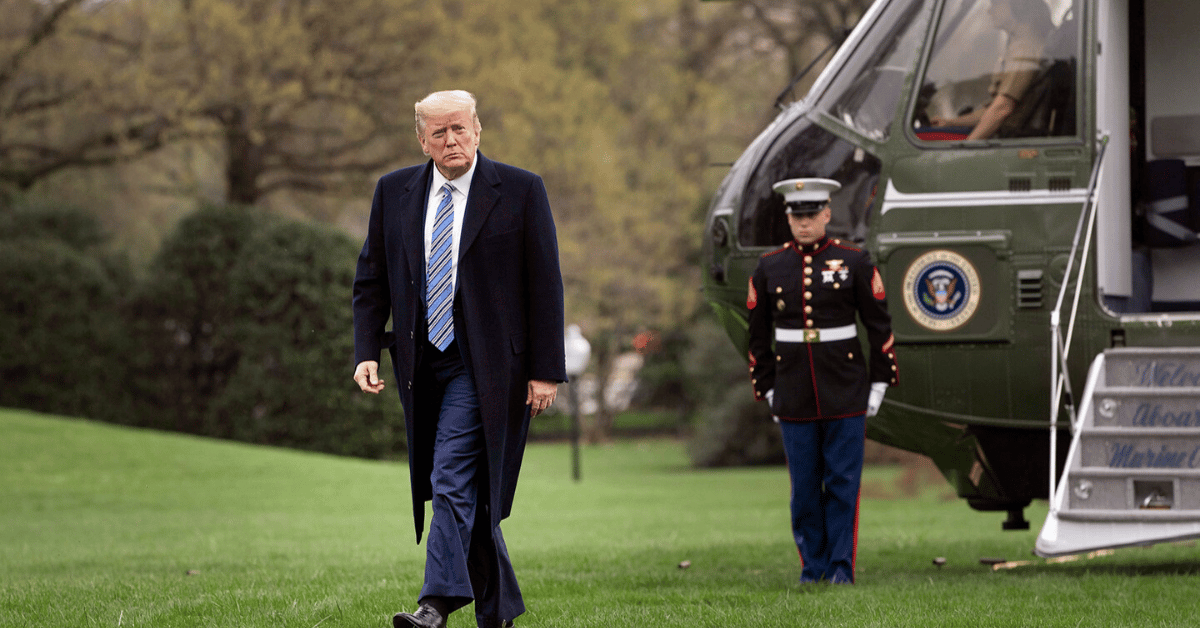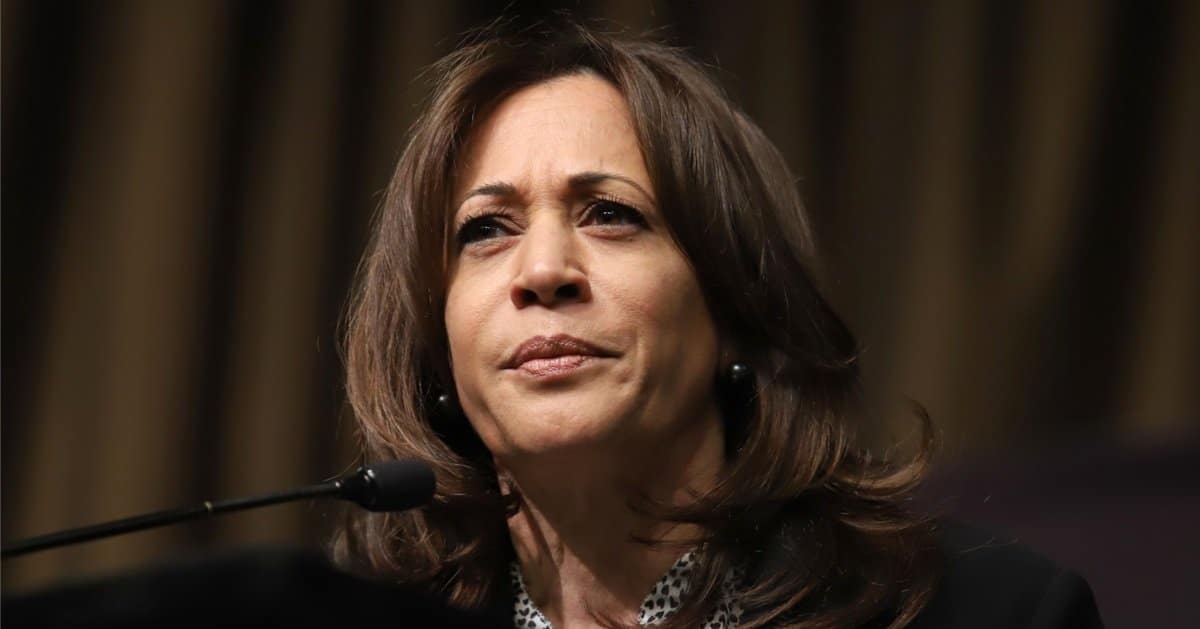


Defense Secretary Pete Hegseth is expected to replace top military officials at the Pentagon to comply with President Donald Trump's plan to overhaul the armed forces and bring the military in line with Trump's agenda.
Fox News reported that Hegseth's rumored plans appear similar to actions seen during former President Barack Obama's administration, where significant changes in military leadership were made to align with policy shifts.
In 2009, President Obama took decisive action by relieving Army Gen. David McKiernan from his duties. This marked a rare move, as McKiernan became the first wartime commander dismissed since Gen. Douglas MacArthur in 1951.
Obama's decision was influenced by advice from Defense Secretary Robert Gates, who believed the military strategy in Afghanistan required "fresh eyes."
The dismissal of McKiernan led to the appointment of Gen. Stanley McChrystal, renowned for his leadership in special operations in Iraq. McChrystal played a pivotal role during this period, advocating for an increased military presence in Afghanistan. Subsequently, President Obama authorized the deployment of 33,000 additional troops to the region.
However, McChrystal's tenure as commander was short-lived. In 2010, he resigned following reports of him making critical remarks about White House officials.
President Obama then appointed Gen. David Petraeus to take his place as the Afghan forces' commander.
Another significant change during Obama’s presidency was the dismissal of Gen. James Mattis as the leader of the U.S. Central Command. Differences of opinion over the withdrawal of troops from Iraq contributed to this decision.
Despite recommendations to maintain a residual force in Iraq from several senior officials, including Secretary of State Hillary Clinton, Obama proceeded with his plan to pull back U.S. troops.
The decision to reduce the military presence in Afghanistan followed a previous surge that saw the number of troops rise to 100,000. By the close of Obama's term in 2017, only 8,400 U.S. troops remained in Afghanistan.
Obama’s administration faced notable friction with military officials, with some criticizing the rapid troop withdrawals as enabling the rise of ISIS.
The tension between the White House and the Pentagon during this time was palpable, with reports of a general feeling that the military was expected to remain "seen and not heard." Gates mentioned in his memoir, "Duty," that then-Vice President Joe Biden contributed to strained relations by persistently questioning the military's trustworthiness.
Among other notable dismissals during Obama's presidency was Rear Adm. Charles M. Gaouette in 2012, who was relieved of his duties for concerns over leadership judgment, later linked to racially insensitive communications.
Additionally, in 2013, two senior officers faced termination due to trust and judgment issues, with Vice Adm. Tim Giardina's involvement in a counterfeit gambling scandal making headlines.
The potential for an overhaul of military commanders extends beyond the Obama years. President Donald Trump had also quipped about sharing "the honor of firing Jim Mattis" with Obama, alluding to his own decision to part ways with Mattis when he served as Defense Secretary.
Despite the rumors of new plans under Hegseth, no specific details have been shared with the House and Senate Armed Services Committees.
This lack of transparency has further fueled speculation regarding potential shifts in military leadership.
Critics of the Obama administration have suggested that the quick troop reductions in Iraq and Afghanistan facilitated ISIS's empowerment. Conversely, the chaotic withdrawal from Afghanistan in August 2021, which saw the tragic loss of 13 U.S. troops, unfolded under the Biden administration following a deadline set by Trump.
Secretary Hegseth's rumored actions, if true, might result in significant changes aimed at revitalizing military leadership amidst evolving national defense strategies. However, as of now, these plans remain speculative with no official confirmation.



